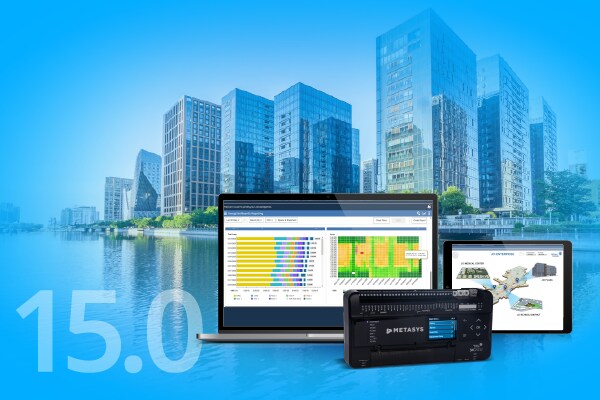What is a Fire Panel and how Does it Work?
A Quick Guide to Fire Alarm Control Panels
A fire panel is an essential piece of equipment that is integral to any commercial fire safety system. It is the central hub of a fire system that works by monitoring and controlling the various components of a fire safety system.
Devices that a fire panel can monitor and control include:
Input devices
- Smoke, Heat and Gas (Carbon Monoxide) Fire Detectors
- Flame Detectors
- Manual Break Glass Callpoints
Output Devices
- Bells and Sounders
- Strobes or Beacons
- Other Audio Visual Alarm Notification Devices
Input/Output Modules and Interfaces
- Input Expansion Modules
- Output Expansion Modules
- Control and Interface Modules
The fire panel receives signals from the connected input devices if the detectors identify a fire condition, or if a callpoint is triggered, and the control panel then triggers the appropriate notification devices and, if networked into a larger fire alarm system, sends an alarm signal to the system as a whole.
Do I Need a Fire Panel?
You will need a fire panel if you have a commercial fire system within your business building. Not only does this keep your commercial property compliant and insurable, but it also means that you can protect your team, assets and premises with intelligent fire safety measures.
Are There Different Kinds of Fire Panels?
There are two different types of fire alarm panel; conventional and addressable. Both types of panel fundamentally do the same job in that they use connected detectors and callpoints to detect fire conditions, and then trigger the appropriate notification devices. However, the main difference between the two types of panel is the way that they identify where the fire situation is.
Which Type of Panel Should I Choose?
Because of their more limited functionality, conventional fire alarm panels are a more cost-effective option, and are best suited to smaller buildings with fewer detection points. In smaller buildings, fires will be easier to locate.
Addressable control panels are better suited to larger buildings or facilities with multiple floors, as they allow the source of the alarm to be pinpointed and rapid response directed more quickly to potential fire hazards.
Overall, while conventional systems offer basic detection and alarm functionality at a cost-effective price, addressable systems provide more advanced features that enable more effective monitoring, control, and response to potential fire situations.
What is the Next Step?
If you are looking for a new fire panel, or are looking to upgrade what you have already, we have experts on-hand to help you find the right system for you. Find out more and get in touch using the form below.

Conventional Fire Panels
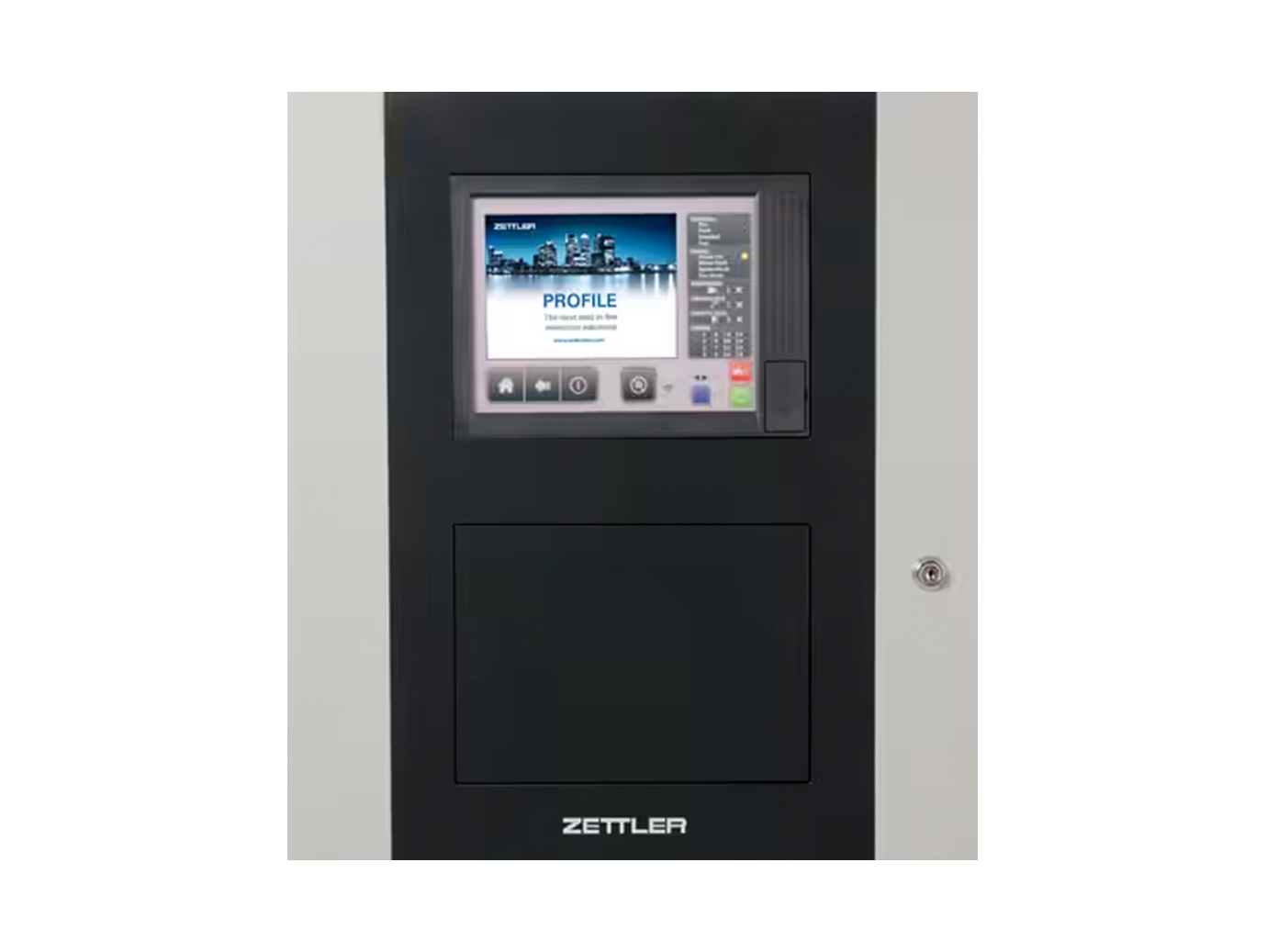
Addressable Fire Panels
Johnson Controls offer a wide range of Fire Detection Solutions
Fire Alarm Panels
Explore our range of capacities and features to find the right fit for your application.
Notification Solutions
Take fire safety in a new direction with game-changing addressable notification technology, compatible with our range of alarms and smoke detectors.
Fire Detectors
Smoke and heat detectors; deploy stable technology with quick responses and less frequent nuisance disruptions.










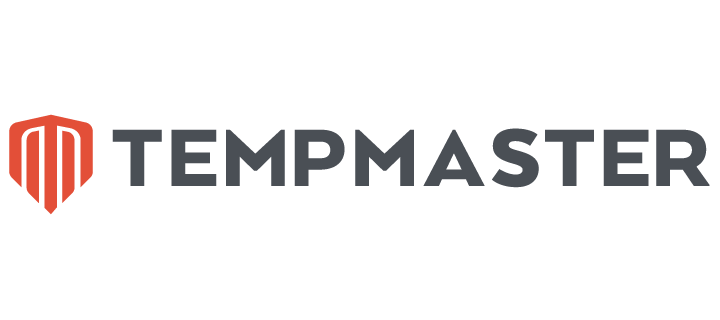











.jpg?la=en&h=320&w=720&hash=244C75B74F0F77521D56164450973BCD)

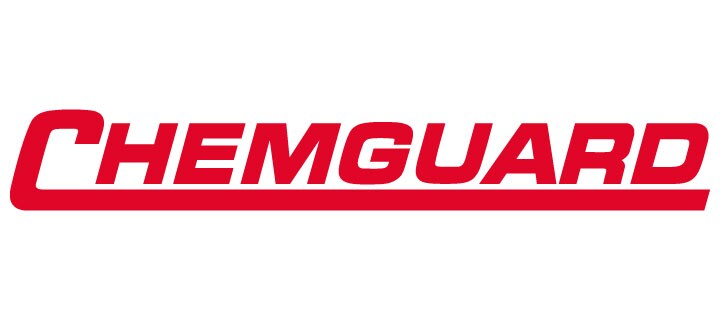
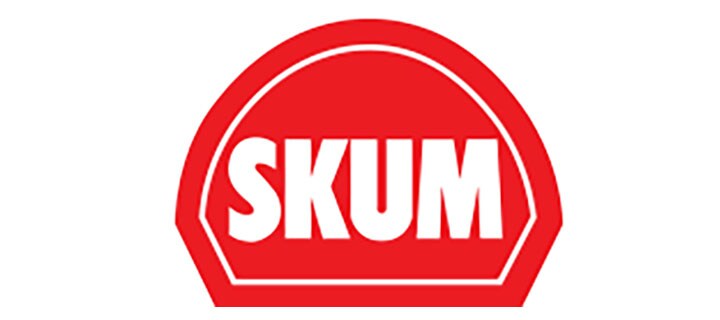



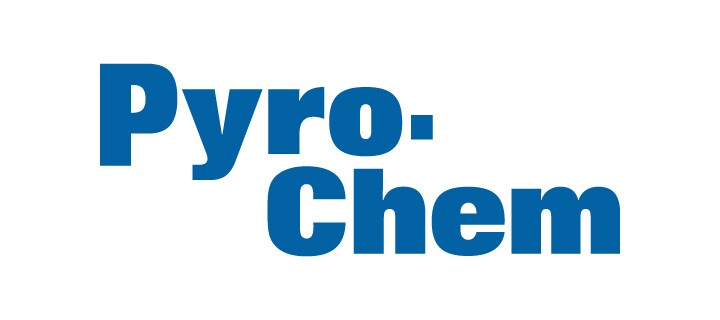







.jpg?la=en&h=310&w=720&hash=8D9823F26AA80B2B75C3E4B2E61770DC)


.jpg?la=en&h=320&w=719&hash=13CA7E4AA3E453809B6726B561F2F4DD)
.jpg?la=en&h=306&w=720&hash=F21A7CD3C49EFBF4D41F00691D09AEAC)

.png?la=en&h=320&w=720&hash=18CFCCD916C92D922F600511FABD775D)















